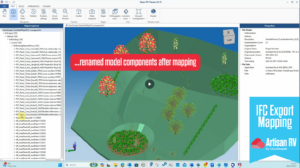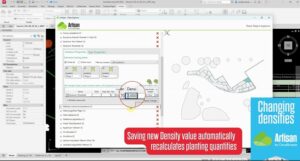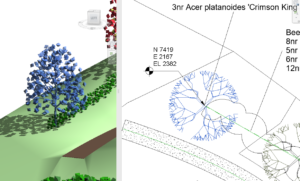In part 2 of our three-part series of BIM articles, we assess how landscape architects can bridge the gap with BIM and integrate it within their practice.
We’ll assess the main problems that can be solved with BIM and how organisations can successfully move towards a BIM-oriented practice.
Landscape architecture and the gap to bridge
Despite the rapid progress of what are considered the main disciplines of engineering and architecture, there’s still a slow-pace of uptake among landscape architects in particular.
This is the result of two main factors:
The lack of purpose-built BIM solutions for landscape architecture
An apprehension from landscape architects to make the shift to BIM
Why should landscape architects integrate BIM within their practice?
Objections are everywhere and chances are that if you’re a landscape architect who is part of a company, the decision-making process may become an obstacle to you putting forward BIM as a practical solution.
To overcome this, it’s worth looking at the major problems that can be solved when working in a 3D space with enriched building information. Consider this list below and present them to those who make the decisions:
Unclear design intent
Isolated management
Inaccurate cost estimation
Poor energy-efficiency analysis
Excruciating manual design work
Lack of data-driven digital models
Inefficient stakeholder coordination
Cluttered construction documentation
Hidden collisions between building elements
Untracked building operation and maintenance
Moving towards a BIM-oriented practice
Although the previous list of tackled issues looks appealing, the reality is that it is not enough to convey the true value and importance of BIM.
Before attempting to integrate several pieces of software and hardware into a business, there’s a need to understand that it all comes down to procedures, standards and workflows.
Setting up the rules of the game is critical to mitigating risks associated with the process.
Knowing how construction systems work is something that every professional should be able to break down and understand. Without that, the adoption of any BIM solution would be made all the more difficult by the lack of an ability to interpret and integrate a building project.
Another key asset is knowing how to manage teams. Coordination and collaboration are both crucial when it comes to the design-build process. Assuming you already have several pieces of software and technology in place to start your BIM journey, there will be a requirement to manage the resources properly. Failing to do so can hurt your team’s operation and business procedures.
To find out more about our range of landscape design software and how it integrates seamlessly with BIM, visit http://20.162.234.125/.








